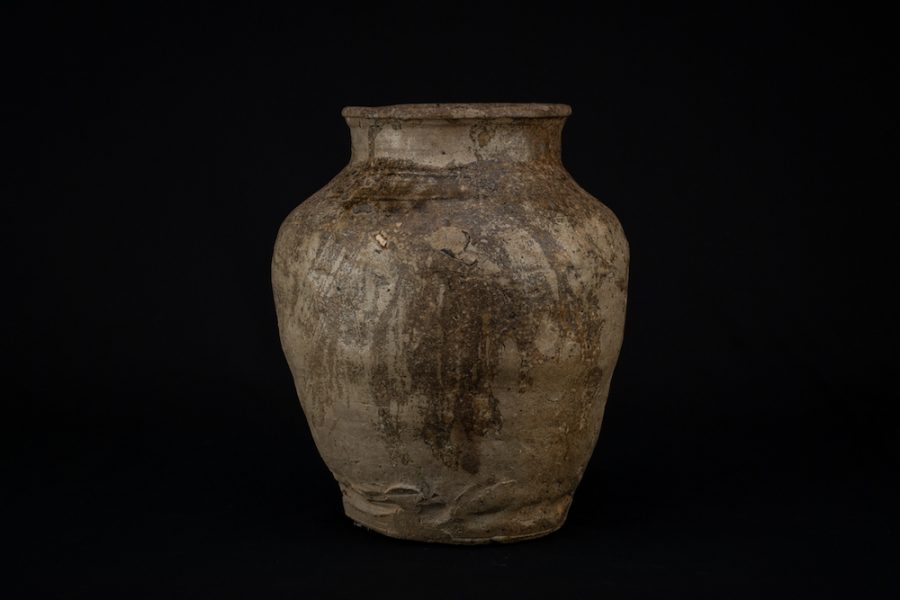Atsumi Old Kilns
From the late Heian period to the early Kamakura period, over 100 groups of more than 600 kilns were built, stretching from the southwestern part of Toyohashi City to the tip of the Atsumi Peninsula. At that time, the Atsumi Peninsula was home to the sacred territories of Ise Grand Shrine and the national defense territories of Mikawa Province, and pottery production flourished to meet the demands of priests and nobles. These are now referred to as Atsumi ancient kilns, and among them, items such as ash- glazed autumn grass pattern jars, which are considered national treasures, as well as pots, jars, camellia bowls, one-sided bowls, and small plates, were known to have been produced.
Furthermore, at the kilns located at the tip of the Atsumi Peninsula, excellent religious ceramics, scripture tube exteriors, ceramic five-ring pagodas, bone storage vessels, and others were made. The Irago Todaiji tile kiln, which fired tiles for Todaiji Temple rebuilt in the Kamakura period by the monk Chogen, was also located in this area. The characteristics of Atsumi ware include being formed from sandy clay and fired to shades of gray and dark brown, featuring beautifully curved pots and tea bowls, as well as a variety of special religious items. Additionally, many pieces were decorated with engraved or incised patterns of characters, birds, and plants. At that time, the Atsumi Peninsula was a major pottery production area, with the Fujiwara family of Oshu Hiraizumi being the largest customer. However, with the establishment of the Kamakura shogunate by Minamoto Yoritomo, the extinction of the Fujiwara family of Oshu, and the growing preference for high-quality Seto ceramics, the Atsumi kilns declined and were eventually forgotten.
Later, mysterious “black pots” of unknown origin discovered in various places were identified as Atsumi ware around 1960, leading to a renewed awareness of Atsumi ware. Despite producing the vast quantity of products, many mysteries remain about the ancient Atsumi kilns. Questions such as the location of the white clay used for camellia bowls, the purpose of the engraved decorations, and the methods of shaping and firing are still unknown. To unravel these mysteries, my life’s work as a potter living and creating here involves building kilns as close as possible to those from the late Heian and Kamakura periods and restoring the ancient Atsumi kilns.
INAYOSHI OSAMU

Japanese